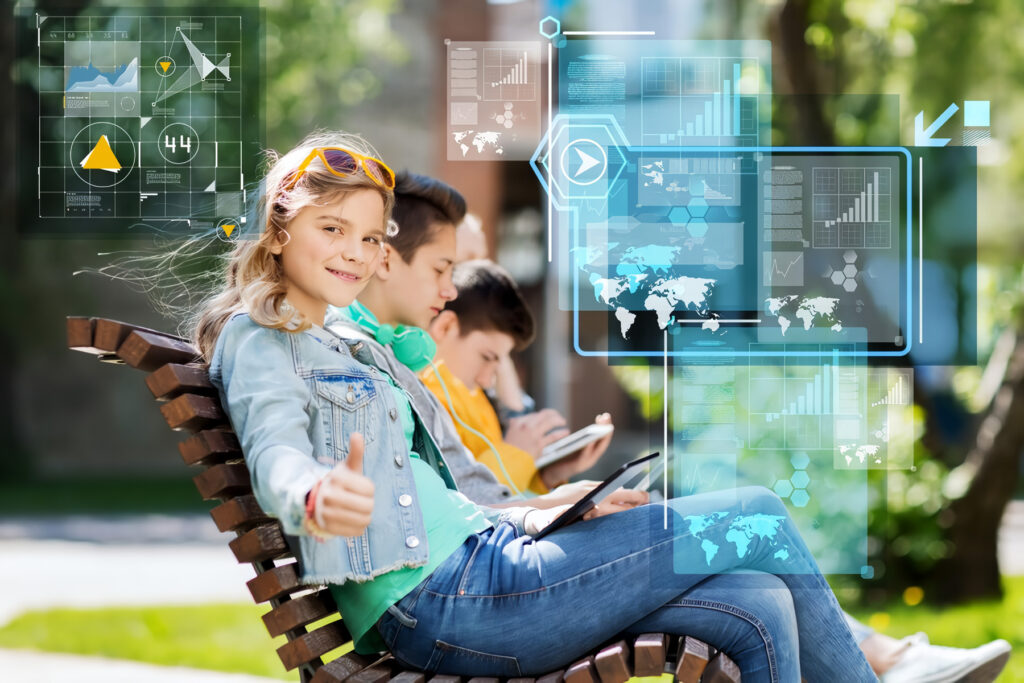Adaptive learning systems are transforming education by personalizing learning experiences to meet the unique needs of each student. These systems use technology and data to tailor instruction and support, enhancing student engagement and improving outcomes. Here’s an overview of how adaptive learning systems work and their impact on education.
1. Understanding Adaptive Learning
Adaptive learning is a pedagogical approach that uses technology to adjust the learning experience based on individual student performance and needs. Unlike traditional one-size-fits-all methods, adaptive learning systems provide a customized educational experience by:
- Analyzing Student Data: Collecting and analyzing data on student performance, including quiz scores, participation levels, and learning behaviors.
- Adjusting Content Delivery: Tailoring instructional content and activities based on the insights gained from data, ensuring that students receive the right level of challenge and support.
- Providing Real-Time Feedback: Offering immediate feedback to help students understand their mistakes and correct their learning path as needed.
2. Key Features of Adaptive Learning Systems
Adaptive learning systems incorporate several key features to personalize education:
- Personalized Learning Paths: The system creates individualized learning paths that adjust in real-time based on student performance, ensuring that each student progresses at their own pace.
- Dynamic Content Adjustments: The system modifies the difficulty and type of content based on the student’s understanding, presenting more challenging material when they are ready or additional support when needed.
- Continuous Assessment: Regular assessments and data collection allow the system to monitor progress and adjust instruction accordingly, ensuring that students are always engaged with material that is appropriate for their level.
3. Benefits of Adaptive Learning Systems
Adaptive learning systems offer numerous advantages, including:
- Enhanced Engagement: By providing content that matches students’ skill levels, adaptive learning keeps students more engaged and motivated. Personalized challenges and support help maintain interest and reduce frustration.
- Improved Learning Outcomes: Tailoring instruction to individual needs can lead to better learning outcomes. Students receive the right amount of challenge and support, which can improve understanding and retention of material.
- Efficient Use of Time: Adaptive learning systems can optimize instructional time by focusing on areas where students need the most help, allowing educators to use their time more effectively.
- Support for Diverse Learners: These systems cater to a wide range of learning styles and abilities, making it easier to support diverse learners, including those with special needs or different educational backgrounds.
4. Implementing Adaptive Learning Systems
Successfully implementing adaptive learning systems requires careful consideration and planning:
- Selecting the Right Platform: Choose a platform that aligns with your educational goals and integrates well with existing tools and curricula. Look for systems with robust analytics and customization options.
- Training Educators: Provide training for educators to effectively use adaptive learning tools and interpret data. Educators should understand how to integrate the system into their teaching strategies and use insights to inform instruction.
- Monitoring and Evaluation: Continuously monitor the effectiveness of the adaptive learning system and make adjustments as needed. Regular evaluation helps ensure that the system is meeting educational goals and addressing student needs.
5. Challenges and Considerations
While adaptive learning systems offer many benefits, they also present some challenges:
- Data Privacy: Handling student data responsibly is crucial. Ensure that the system complies with data protection regulations and that students’ privacy is safeguarded.
- Technology Access: Not all students have equal access to technology, which can affect the effectiveness of adaptive learning systems. Addressing issues related to device availability and internet access is important for equitable implementation.
- Integration with Traditional Methods: Balancing adaptive learning with traditional teaching methods can be challenging. It’s essential to integrate adaptive learning in a way that complements and enhances existing instructional practices.
6. Future Trends in Adaptive Learning
The field of adaptive learning is evolving rapidly, with several trends shaping its future:
- Artificial Intelligence (AI): AI is enhancing adaptive learning systems by improving the accuracy of predictions and personalizing learning experiences even further. AI-driven systems can provide more nuanced insights into student needs and preferences.
- Gamification: Integrating gamification elements, such as rewards and leaderboards, can make adaptive learning more engaging and motivating for students.
- Enhanced Analytics: Advances in data analytics are providing deeper insights into student learning behaviors and outcomes, helping educators make more informed decisions about instruction.
Conclusion
Adaptive learning systems represent a significant advancement in education, offering personalized learning experiences that cater to individual needs. By leveraging technology and data, these systems enhance engagement, improve learning outcomes, and support diverse learners. However, successful implementation requires careful planning, addressing challenges related to data privacy and technology access, and integrating adaptive learning with traditional teaching methods. As technology continues to advance, adaptive learning will likely play an increasingly important role in shaping the future of education.


